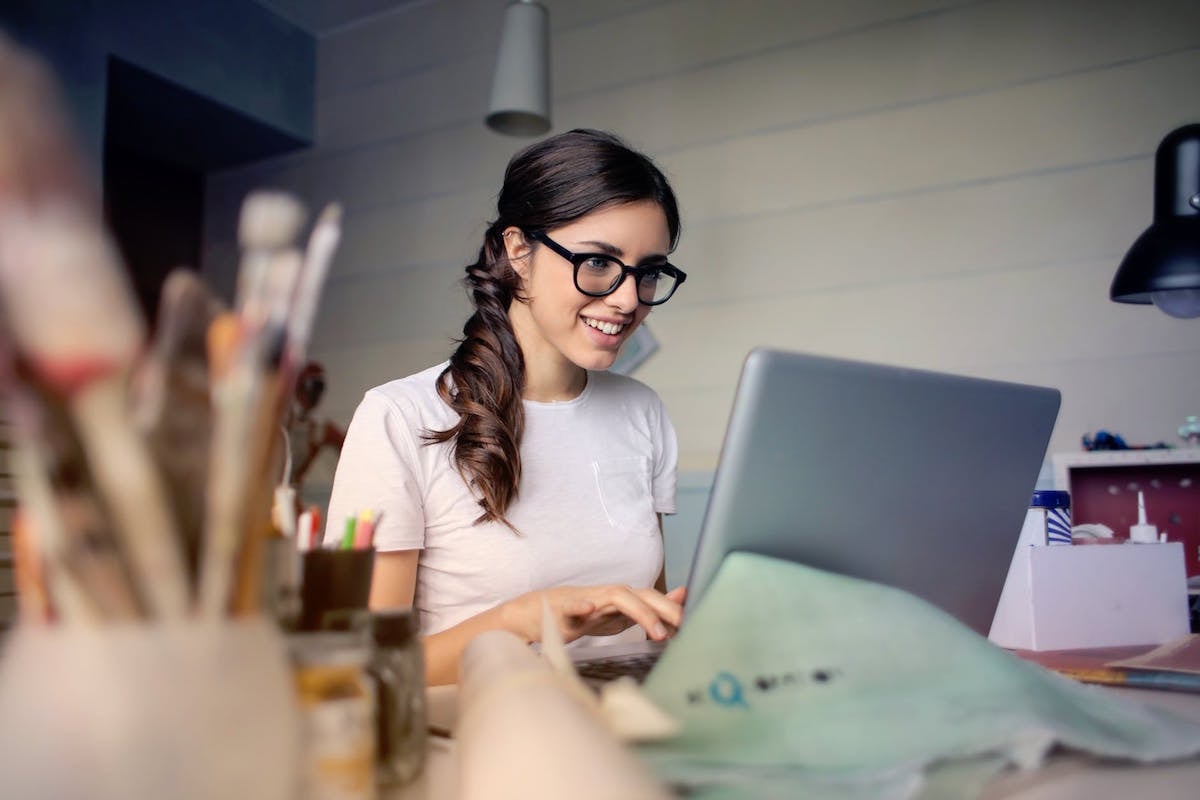In the last few weeks, the video conference platform Zoom has exploded in use. Thanks to people working from home needing a way to meet or just cooped up folks needing a digital cocktail hour, Zoom has become the go-to application for meetings (much to the chagrin of Go To Meeting).
But late last week, reports emerged that Zoom was possibly not as secure as we might hope. In fact, Zoom isn’t secure at all. It was easy for hackers to hijack open Zoom calls in an act known as “Zoombombing.” Zoom security is so bad that the FBI issued a warning about the problem, wherein hackers will fill chats with slurs, pornography, hate speech, and graphic images.
Zoombombing has affected all sorts of groups, from Sunday school meetings to Alcoholics Anonymous. The FBI warning specifically warned schools off the platform, and thanks to these issues, many school districts, including those in New York, are now outright banning Zoom from their online learning in the midst of the coronavirus pandemic.
Zoom had around 10 million users in December, which was a robust number, but as of March they’re dealing with upwards of 200 million, and their security is struggling to keep up. New York Attorney General Letitia James addressed some of these concerns in a letter to Zoom, noting her office is “concerned that Zoom’s existing security practices might not be sufficient to adapt to the recent and sudden surge in both the volume and sensitivity of data being passed through its network,” the letter said.
Zoom lacks encryption, and the company was sharing data with Facebook. It was vulnerable to allowing hackers to access webcams and even install malware. Zoom has exploded in popularity because it is easy to set up and free, but that ease comes at a cost and with a risk. Zoom’s CEO, Eric Yuan, acknowledged that “We moved too fast… and we had some missteps…We’ve learned our lessons and we’ve taken a step back to focus on privacy and security.”
So, how can users protect themselves? Well, Zoom has published a guide on how to protect yourself and your privacy during meetings. The most important might be for the host to be able to lock the meeting and prevent new participants from joining, even if they have the meeting link. You can also make use of Zoom’s waiting room feature or password lock the meeting. And don’t share your meeting link on public social media.
If you’ve been blithely using Zoom without worry, take some time to explore your settings, including the advanced settings. Don’t allow screen sharing. Set up two-factor authentication and just get to know the app in general.
Or, you can use a different platform because there are many: Go To Meeting Free, Google Hangouts, and good ol’ Skype. Did you know that FaceTime allows multiple people on a call? Well now you do. And if you have a Microsoft Office 365 subscription, you can use Microsoft Teams.
Whatever platform you use, however, get to know it and check your settings. Be smart about things and be careful. We all want to connect with people in the time of quarantine, but even online you should do connect safely.
(Via: NPR, Image: Pexels)
Want more stories like this? Become a subscriber and support the site!
—The Mary Sue has a strict comment policy that forbids, but is not limited to, personal insults toward anyone, hate speech, and trolling.—










Published: Apr 6, 2020 12:09 pm